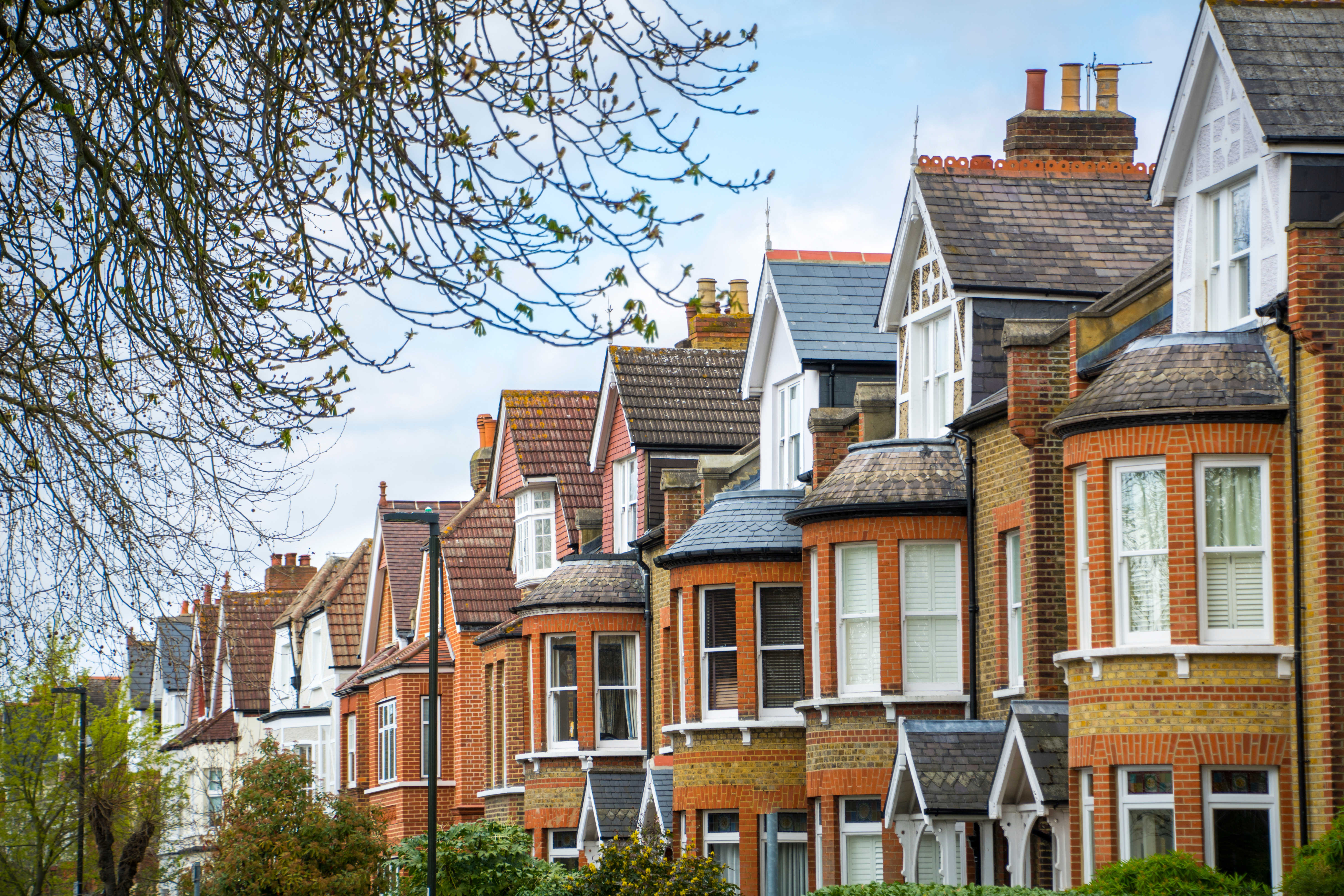
Creating Sustainable Homes: All About the Social Housing Decarbonisation Fund
With increasing concerns about climate change and the need for sustainable living, the decarbonisation of homes is a priority for many governments and organisations worldwide.
In this article, we will dive into the key aspects of the Social Housing Decarbonisation Fund, exploring its objectives, eligibility criteria, and the benefits it offers to both social housing associations and the environment. We will also discuss the various ways in which this fund can lead to sustainable homes, from energy-efficient upgrades to the installation of renewable energy sources.
By investing in the sustainable transformation of social housing, the Social Housing Decarbonisation Fund not only reduces carbon emissions but also improves the health of residents and properties by through higher quality environments. From retrofitting existing homes to developing new, low-carbon social housing, this initiative is driving the transition towards sustainable portfolios.
Join us as we explore the comprehensive and impactful nature of the Social Housing Decarbonisation Fund and learn how it is making a difference in creating sustainable homes for communities across the country.
The importance of sustainable homes
Sustainable homes play a crucial role towards net zero targets and promoting environmental stewardship. As buildings account for a significant portion of global greenhouse gas emissions, it is essential to focus on decarbonising the housing sector. By reducing carbon emissions from homes, we can contribute to reducing costs for both residents and the sector– which in turn increases funding for new investment.
Decarbonising social housing is particularly important as it addresses not only the environmental impact but also the social and economic aspects of sustainable living. Social housing associations often face higher energy bills and maintain homes that are less energy efficient. By implementing sustainable measures in social housing, we can cut costs, repair time and unnecessary energy wastage.
What is decarbonisation?
Decarbonisation refers to the process of reducing or eliminating carbon emissions. In the context of housing, decarbonisation involves transitioning from fossil fuel-based energy sources to low-carbon or renewable alternatives. This can be achieved through various means, such as improving energy efficiency, adopting renewable energy technologies, and promoting sustainable practices in building design and construction.
The goals and objectives of the Social Housing Decarbonisation Fund
The Social Housing Decarbonisation Fund has several key goals and objectives that are central to its mission of creating sustainable homes. These include:
- Reducing carbon emissions: The primary objective of the fund is to significantly reduce carbon emissions from social housing properties. By investing in energy-efficient upgrades and renewable energy installations, the fund aims to achieve substantial carbon savings and contribute to national emission reduction targets.
- Improving energy efficiency: Another important goal of the fund is to improve the energy efficiency of social housing. This involves implementing measures such as insulation, double-glazing, and smart heating systems, which reduce energy consumption and lower energy bills for residents.
- Enhancing resident comfort and well-being: The fund recognises the importance of creating comfortable and healthy living environments for tenants, and the homes themselves. By addressing issues such as air quality, thermal irregularities and dampness, the fund aims to improve the overall well-being of the residential process.
- Promoting sustainable technologies: The Social Housing Decarbonisation Fund also aims to drive the adoption of retrofitting technologies in social housing. This includes the installation of solar panels, heat pumps, and other renewable energy systems, which not only reduce carbon emissions but also provide long-term cost savings for residents.
Eligibility criteria for accessing the fund
To access the Social Housing Decarbonisation Fund, certain eligibility criteria must be met. These criteria ensure that the fund is directed towards projects that have the greatest potential for impact. The eligibility criteria typically include:
- Existing social housing: The fund is generally available for retrofitting existing social housing properties rather than new developments. This ensures that the fund is used to improve the energy performance of the existing housing stock.
- Energy performance: The eligibility criteria often require that the social housing properties have a certain level of energy inefficiency. This ensures that the fund is directed towards properties that can benefit the most from energy-saving measures.
- Partnerships: Local authorities or housing associations are typically required to partner with private sector entities, such as energy service companies or contractors, to access the fund. This encourages collaboration and ensures that the projects are delivered effectively.
How to apply for the Social Housing Decarbonisation Fund
Applying for the Social Housing Decarbonisation Fund involves several steps. The exact process may vary depending on the country or region, but generally follows these stages:
- Expression of interest: Interested parties, such as local authorities or housing associations, submit an expression of interest outlining their proposed project. This includes details such as the number of properties to be retrofitted, the expected carbon savings, and the estimated costs.
- Assessment and shortlisting: The expressions of interest are assessed based on the eligibility criteria and shortlisted projects are invited to submit a full application. This stage often involves a detailed analysis of the project's feasibility and potential impact.
- Full application: Shortlisted applicants submit a comprehensive application, including detailed project plans, financial projections, and expected outcomes. This stage may also involve site visits and consultations with stakeholders.
- Funding decision: The applications are reviewed, and funding decisions are made based on the project's merits and alignment with the fund's objectives. Successful applicants receive funding to implement their proposed projects.
Case studies of successful projects funded by the programme
The Social Housing Decarbonisation Fund has already funded numerous successful projects that have made a significant difference in creating sustainable homes. These case studies demonstrate the impact of the fund and serve as examples of best practices in decarbonising social housing.
- Project A: In a local authority area, the Social Housing Decarbonisation Fund funded the retrofitting of 500 social housing properties with energy-efficient measures such as insulation, triple-glazed windows, and efficient heating systems. As a result, the carbon emissions from these properties were reduced by 30%, and tenants experienced significant reductions in their energy bills.
- Project B: In partnership with a housing association, the fund supported the installation of solar panels on the roofs of social housing properties. This renewable energy source not only reduced carbon emissions but also generated clean energy that could be used by residents, further reducing their reliance on traditional energy sources.
Challenges and opportunities in decarbonising social housing
Decarbonising social housing presents both challenges and opportunities. Some of the challenges include:
- Financial constraints: Funding the necessary upgrades and installations can be a significant challenge, especially for housing associations or local authorities with limited resources. Access to funding, such as the Social Housing Decarbonisation Fund, helps overcome this challenge.
- Technical complexities: Retrofitting existing housing stock to make it more energy-efficient can be technically complex and require careful planning and coordination. Engaging experienced contractors and energy experts can help overcome these challenges.
- Community engagement: Ensuring the support and cooperation of social housing tenants is crucial for the success of decarbonisation projects. Engaging residents and providing information about the benefits of sustainable upgrades can help overcome potential resistance or lack of awareness.
However, decarbonising social housing also presents significant opportunities:
- Job creation: The transition to sustainable housing creates employment opportunities in industries such as construction, renewable energy, and energy efficiency. This can contribute to local economic growth and job creation.
- Improved health and well-being: Energy-efficient upgrades and sustainable technologies in social housing can improve indoor air quality, reduce dampness, and create healthier living environments for residents.
- Long-term cost savings: By reducing energy consumption and reliance on traditional energy sources, social housing will experience long-term cost savings in their energy bills. This can alleviate financial burdens and improve overall quality of life.
The impact of the Social Housing Decarbonisation Fund on communities
The Social Housing Decarbonisation Fund has a significant impact on communities across the country. By creating sustainable homes, the fund improves the lives of social housing tenants and contributes to the overall well-being of communities. The benefits include:
- Reduced energy bills: The energy-efficient upgrades and renewable energy installations funded by the program lead to substantial reductions of costs for maintaining social housing. This frees up financial resources that can be used for other essential needs.
- Healthier living environments: Sustainable measures, such as improved insulation and ventilation, create healthier living environments for social housing residents. This reduces the occurrence of respiratory illnesses and improves overall well-being.
- Carbon emissions reduction: The Social Housing Decarbonisation Fund plays a crucial role in reducing carbon emissions from social housing properties. This contributes to national emission reduction targets and helps combat climate change.
The future of sustainable homes and the role of social housing
The Social Housing Decarbonisation Fund is a vital initiative that is driving the transition towards sustainable homes and communities. By investing in energy-efficient upgrades, renewable energy installations, and sustainable technologies, the fund is making a significant difference in reducing carbon emissions and improving the lives of social housing tenants.
As the demand for sustainable living increases, the role of social housing in promoting and implementing decarbonisation measures becomes even more crucial. By prioritizing the creation of sustainable homes, we can ensure a more equitable future for all.
Please note that the content provided in this article is for informational purposes only and should not be considered as financial or legal advice. It is always recommended to consult with relevant professionals and authorities for specific guidance and information related to the Social Housing Decarbonisation Fund.







